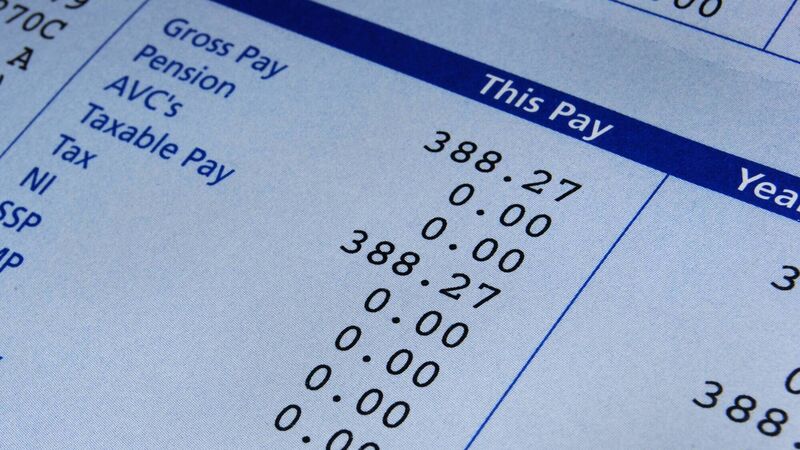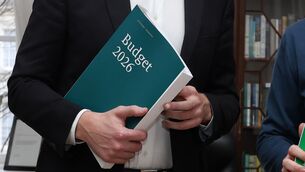PRSI hikes could be a legacy of the pandemic

A rise in PRSI contributions may be on the way
Last week, Michael Clifford highlighted in this newspaper the significance of a UK supreme court case involving Uber and its drivers and its implications for precarious work.
The point at issue was whether or not the drivers were employed or self-employed. Employee entitlements flow from their employment classification.
Whether you are employed or self-employed is also fundamental to how you are taxed.
There are no definitions to be found in tax law either for an employee or for a self-employed person. That may be because usually the matter is obvious. Nevertheless, there are grey areas and the Uber case highlights some of these.
These grey areas have been teased out in the courts over the years, most notably in a case involving product demonstrators in supermarkets. It is accepted that just because your work contract says you are self-employed, it doesn’t mean you’re self-employed for tax purposes.
It is the actual arrangements, rather than the wording on the contract, that counts the most.
Other indicators which point to whether someone is genuinely an employee is the extent to which they have autonomy over their work.
If you use your own tools and equipment when you are working, or if you can hire someone else as a substitute to do the work for you, that suggests that you are self-employed. The tests are all about the level of control which a person has over their work, and the conclusions of the Uber case in the UK largely mirror the long-standing Irish approach.
There is more to the Uber case, however, than just employment law or tax law. It is also fundamental to the state benefits you might receive.
Social welfare benefits are paid out of the social insurance fund, which is made up of PRSI contributions.
Employees and the self-employed, alike, pay PRSI at 4% but on top of that, employers also make PRSI payments for each of their employees and this can be as much as 11.05% of the wages paid.
This is why, in normal times, employees can avail of social welfare benefits such as occupational injuries benefits, which are not available to the self-employed.
The social welfare benefits cost a lot of money to deliver but a distinctive feature of these government pandemic supports is that unlike the usual social welfare payments, they have been available to employees and self-employed as their circumstances demanded.
Figures released by the Department of Finance last week showed that the wage subsidies and the pandemic unemployment payments to date have cost over €11bn.
If benefits for the self-employed are also to be delivered on equal terms with the benefits for employees, social welfare contributions from the self-employed will have to increase. Otherwise, the benefits claims would swamp the social insurance fund.
The generous social security systems in other European countries are sometimes cited as being a role model for this country.
Less frequently highlighted is the level of comparable PRSI payments required. In Germany, for instance, social security payments can amount to 40% of earnings per annum. That is a far cry from the 4% currently paid by self-employed people here.
A legacy of the Irish response to the pandemic will be that benefits could be available in equal measure to employees and to the self-employed. That approach may not have translated to the tax system just yet, but it will have to over the next few years.
- Brian Keegan is director of public policy at Chartered Accountants Ireland










